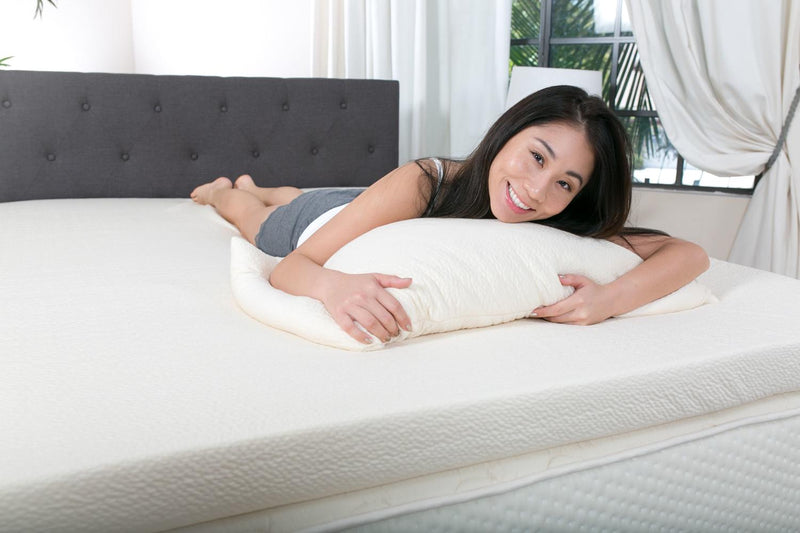What Is Flexible Polyurethane Foam?
Flexible polyurethane foam is a polymer produced from the reaction of polyols and isocyanates, a chemical process pioneered in 1937. is characterized by a cellular structure that allows for some degree of compression and resilience that provides a cushioning effect. Because of this property, it is a preferred material in furniture, bedding, automotive seating, athletic equipment, medical uses, packaging, footwear, and carpet cushion. It also plays a valuable role in soundproofing and filtration. In all, over 1.5 billion pounds of foam are produced and used every year in the U.S. alone.

Flexible Polyurethane Foam
Raw materials for foam can also be poured into aluminum molds, where the cured foam assumes the size and shape of the mold. Molding allows the production of foam items in shapes that are difficult to achieve fabricating foam from a slabstock bun. The molding process can consolidate foam components with other parts such as a metal frame. One example of this is the headrest of a car seat. Because of the high upfront costs of producing molds, molding is typically reserved for high production runs. Molded foam is frequently found in auto interiors, business furniture and sports equipment.
Applications
Vehicle seats
Filled and unfilled acoustic components
Seat cushions for office chairs
Flame retarded seating elements for rail vehicles
Back-foamed textiles, foils and skins
Orthopaedic insoles
Medical rests
The processes for producing slabstock and molded foam are covered in a training tutorial on Foam Production.
The basic raw materials for SMPUFOAM are often complemented with additives that yield desired properties. These range from the comfort and support needed for upholstered seating to the shock-absorption used to protect packaged goods, to the long-term abrasion resistance demanded by carpet cushion.
Amine catalysts and surfactants can vary the size of cells produced during the reaction of polyols and isocyanates, and thereby vary foam properties. Additives can also include flame retardants for use in aircraft and automobiles and anti-microbials to inhibit mold in outdoor and marine applications.
Once foam is produced, it can be fabricated into complex shapes. The basic tools of foam fabrication – vertical bandsaws and horizontal slitters – were adapted from woodworking machinery. Because it is flexible, foam can be attached to a verticle wheel configured with cutting blades, a process called loop slitting.
Fabricators also use lasers, hot wires, water jets, wave convolutes, and other technologies . Foam can be compressed as it is cut to produce effects such as “convoluted” foam, which is sometimes used in mattress toppers.
Polyurethane may also be combined with other materials, such as a nonwoven substrates, netting, fabric and fiber. Bonding techniques include flame bonding, hot film bonding, hot melt adhesion, and powder laminating, where a powder adhesive is used to bond foam to a substrate through a heat process. Headliners (the padded ceiling of an auto interior) typically consist of a nonwoven fabric laminated to a thin foam backing using flame bonding.
Other processes alter the structure and performance characteristics of foam. One of the most dramatic and highly useful alterations is reticulation. Reticulation entails breaking down many of the foam’s cell walls to provide for more porosity and airflow. This can be accomplished by subjecting foam to a controlled explosion of a gas mixture in a closed reactor, or by exposing the foam to a caustic bath . Reticulated foam is often used in air and fluid filtration systems, and as an anti-surge membrane in fuel tanks.
One of the most commerically important reformulations of foam is the processing of foam scrap into bonded carpet cushion. Scrap foam of various types is shredded and placed into a processing unit with a chemical adhesive. The mixture is pressurized and injected with steam to form a large foam cylinder or block. This material is then “peeled” into the proper thicknesses for carpet cushion use. Bonded foam is the most popular type of carpet cushion, with a market share of over 80 percent.
The properties of foam can be measured and specified very precisely to allocate the right grade of foam to the right application. Foam performance is discussed on our Foam Performance page, and the test methods used to specify foam are covered under Industry Standards.